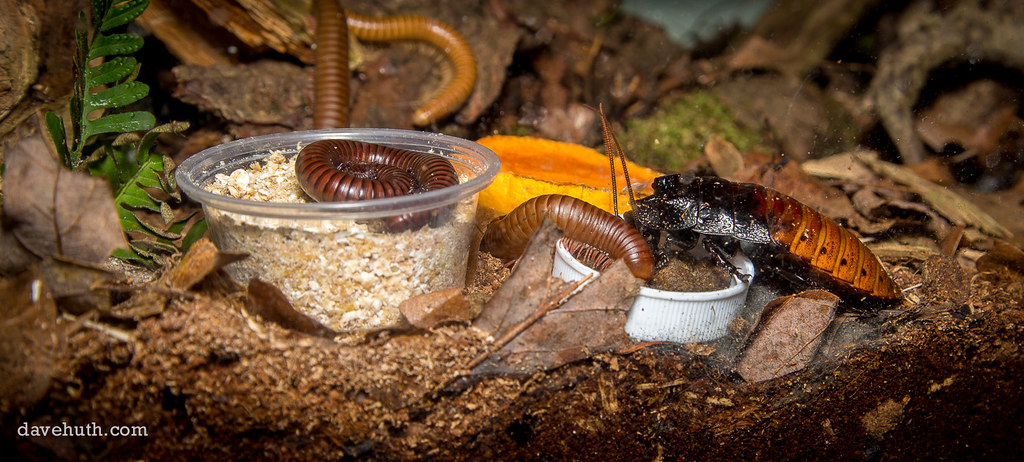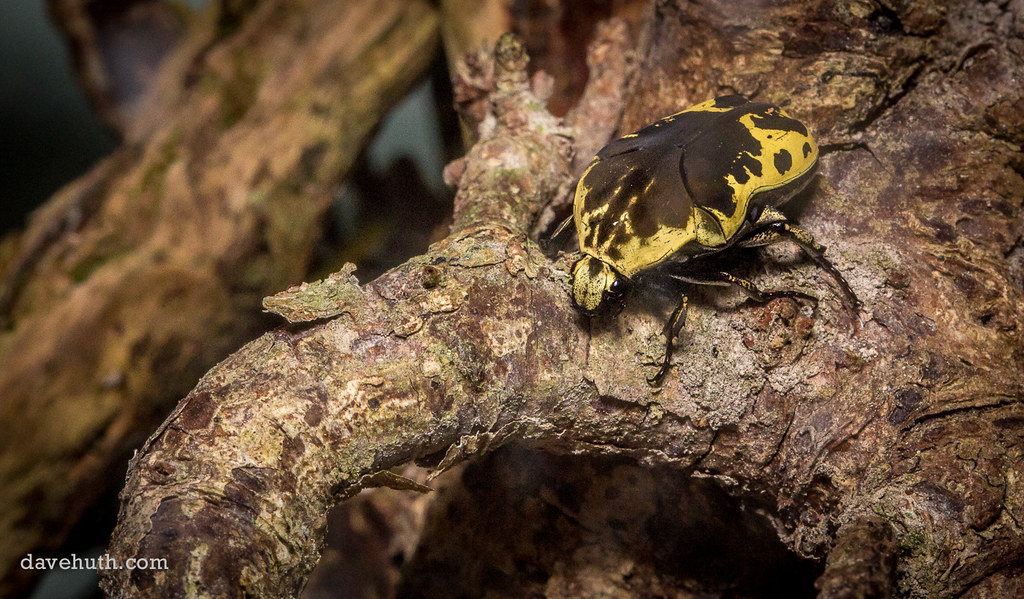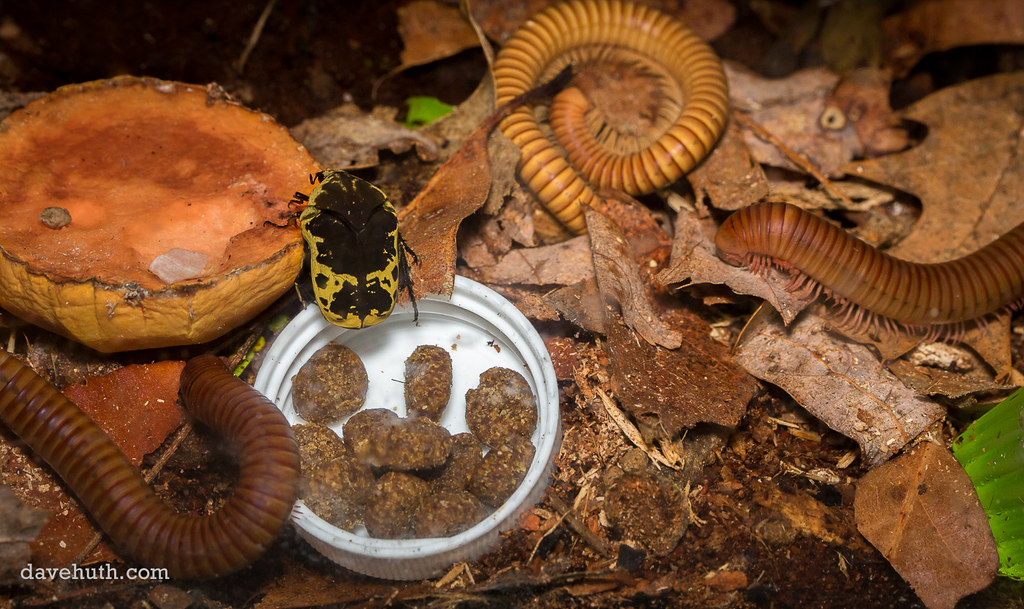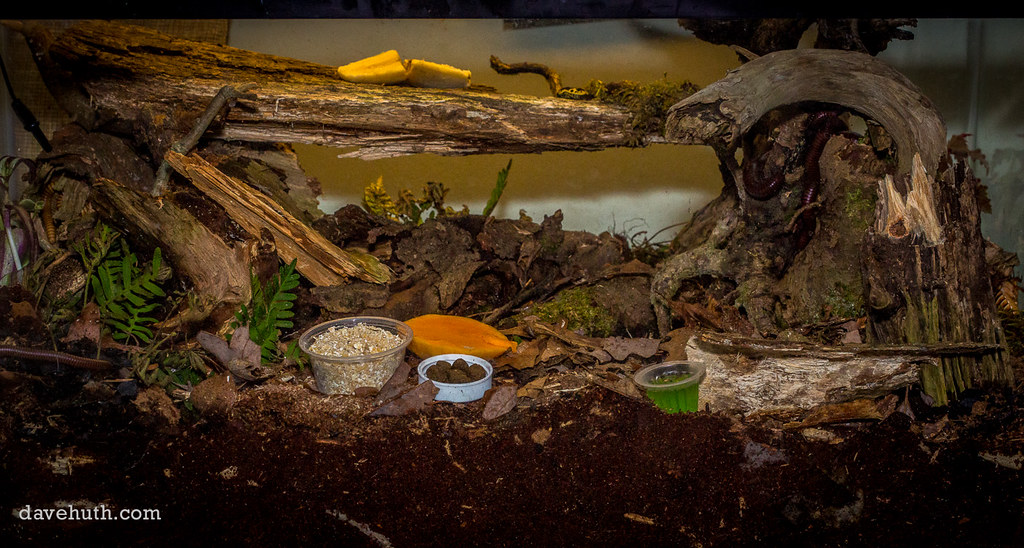raeanna
Arachnopeon
- Joined
- May 29, 2018
- Messages
- 27
Ohh perfect, okay! That will definitely work then. Now I just have to find the Mantis somewhere and I am still trying to find the appropriate mulch haha. Thank you!No - there are flightless or wingless varieties you can get. I have heard people say they occasionally find one with wings, but I have never seen one fly! It's a staple for dart frogs.






